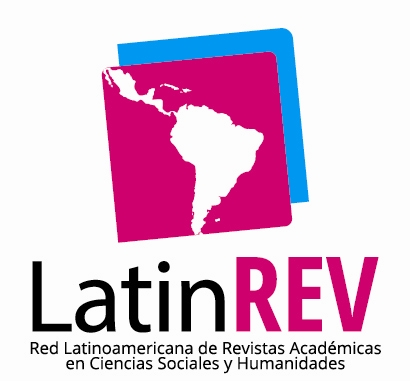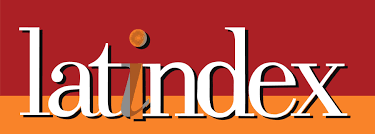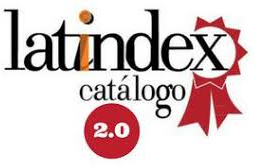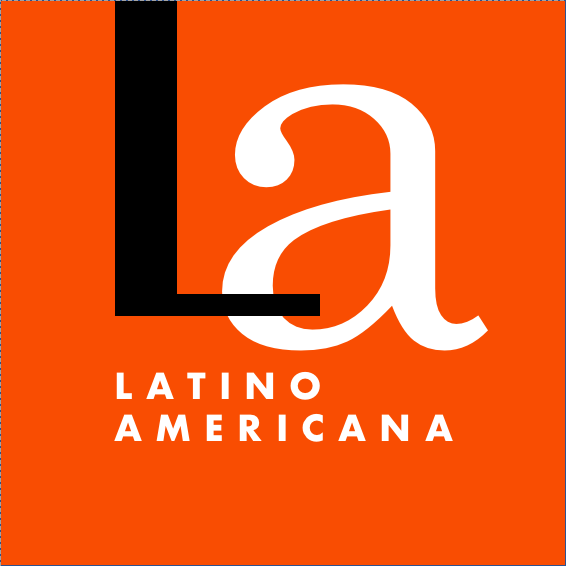“A hedge against revolution". Disney and the Good Neighbor Policy in Bolivia
Abstract
During World War II, the United States launched an ambitious propaganda film program in Latin America through the Office of Inter-American Affairs (OIAA). Disney cartoons were at the center of this program and were screened with portable projectors throughout Latin America, including in countries considered peripheral, such as Bolivia. The study of the Bolivian case reveals that the United States pursued a hegemonic strategy in Latin America under the guise of the Good Neighbor Policy. By a subtle and politically accepted measure, the OIAA sought to influence both elites and the general population. But its audience was not passive; it actively solicited Disney films.Downloads
References
Adams, D. (2007). Saludos Amigos: Hollywood and FDR’s Good Neighbor Policy. Quarterly Review of Film and Video, 24(3), 289-295.
Bendazzi, G. (2016). Animation. A World History. CRC Press, Taylor & Francis Group.
Bender, P. L. (2002). Film as an instrument of the Good Neighbor Policy, 1930s-1950s [Dissertation]. New York University.
Burton, J. (1992). Don (Juanito) Duck and the Imperial-Patriarchal Unconscious. Disney Studios, the Good Neighbor Policy, and the Packaging of Latin America en A. Parker (Ed.), Nationalism and Sexualities (pp. 21-41). Routledge.
Dorfman, A., y Mattelart, A. (2019). How to read Donald Duck: Imperialist ideology in the Disney comic (Reedición inglesa del original español de 1972). Pluto Press.
Friedman, M. P. (2003). Nazis and good neighbors: The United States campaign against the Germans of Latin America in World War II. Cambridge University Press.
Gary, B. (1996). Communication Research, the Rockefeller Foundation, and Mobilization for the War on Words, 1938-1944. Journal of Communication, 46(3), 124-147.
Goldman, K. S. (2013). Saludos Amigos and The Three Caballeros: The Representation of Latin America in Disney’s “Good Neighbour” Films en J. Cheu (Ed.), Diversity in Disney films: Critical essays on race, ethnicity, gender, sexuality and disability (pp. 23-37). McFarland.
Gotkowitz, L. (2007). A revolution for our rights: Indigenous struggles for land and justice in Bolivia, 1880-1952. Duke University Press.
Gudiño Cejudo, M. R. (2016). Educación Higiénica y Cine de Salud en México 1925-1960. Colegio de México.
Hart, J. (2004). Empire of ideas: Mass communications and the transformation of United States foreign relations, 1936-1953 [Dissertation]. Rutgers University of New Jersey.
Hess, C. A. (2017). Walt Disney’s Saludos Amigos. Hollywood and the Propaganda of Authenticity en J. Kun (Ed.), The tide was always high: The music of Latin America in Los Angeles (pp. 106-123). University of California Press.
Hobsbawm, E. J. (1994). Age of Extremes. The Short Twentieth Century 1914-1991. Michael Joseph.
Klein, H. S. (2022). A concise history of Bolivia (Third edition). Cambridge University Press.
Laqua, C. (1992). Wie Micky unter die Nazis fiel. Walt Disney und Deutschland. Rowohlt.
Lénárt, A. (2018). América Latina según Whitney y Disney. El cine interamericano de la Política de Buena Vecindad en los años 1930 y 40. Acta hispanica, 23, 55-67.
Leskosky, R. (2011). Cartoons Will Win the War: World War II Propaganda Shorts en A. B. Van Riper (Ed.), Learning from Mickey, Donald and Walt: Essays on Disney’s edutainment films (pp. 28-39). McFarland & Co.
Lübken, U. (2004). Bedrohliche Nähe: Die USA und die nationalsozialistische Herausforderung in Lateinamerika, 1937-1945. Steiner.
Mesa Gisbert, C. D. y Susz Kohl, P. (2018). Historia del cine boliviano 1897-2017 (Primera edición). Plural Editores.
Pincherle, M. C. (2002). ¿A los buenos vecinos? Los filmes “latinos” de Orson Welles y Walt Disney. Entrepasados, 12(23), 61-73.
Poveda Viera, J. (2021). Música y propaganda en dos filmes animados producidos por Disney durante la Segunda Guerra Mundial. Revista musical chilena, 75(236), 119-142.
Prutsch, U. (2008). Creating Good Neighbors? Die Kultur- und Wirtschaftspolitik der USA in Lateinamerika, 1940-1946. Steiner.
Purcell, F. (2010). Cine, Propaganda y el Mundo de Disney en Chile durante la Segunda Guerra Mundial. Historia, 43(2), 487-522.
Rowland, D. (1947). History of the Office of the Coordinator of Inter-American Affairs. US Government Printing Office.
Sadlier, D. J. (2012). Americans All. Good Neighbor Cultural Diplomacy in World War II. University of Texas Press.
Tufiño Villacrés, D. y Calvache, M. B. (2022). América del Sur: Un imaginario construido por Disney. El caso de Saludos amigos. Uru: Revista de Comunicación y Cultura, 6, 143-157.
Valim, A. B. (2019). Brazil, the United States, and the Good Neighbor Policy. The Triumph of Persuasion during World War II. Lexington Books.
Vidal, R. (2001). La actividad propagandística de Walt Disney durante la segunda guerra mundial [Dissertation]. Universidad Pontificia de Salamanca.
Young, K. A. (2017). Blood of the Earth. Resource Nationalism, Revolution, and Empire in Bolivia (First edition.). University of Texas Press.
Copyright (c) 2025 Olivier Keller

This work is licensed under a Creative Commons Attribution-NonCommercial 4.0 International License.

Historia & Guerra uses an international license Attribution-NonCommercial 4.0 International (CC BY-NC 4.0).
You are free to:
- Share — copy and redistribute the material in any medium or format.
- Adapt — remix, transform, and build upon the material.
- The licensor cannot revoke these freedoms as long as you follow the license terms..
Under the following terms:
Attribution — You must give appropriate credit, provide a link to the license, and indicate if changes were made. You may do so in any reasonable manner, but not in any way that suggests the licensor endorses you or your use.
NonCommercial — You may not use the material for commercial purposes.
No additional restrictions — You may not apply legal terms or technological measures that legally restrict others from doing anything the license permits.
Notices:
You do not have to comply with the license for elements of the material in the public domain or where your use is permitted by an applicable exception or limitation.
No warranties are given. The license may not give you all of the permissions necessary for your intended use. For example, other rights such as publicity, privacy, or moral rights may limit how you use the material.
The author retains all rights to his work without restriction and grants Historia & Guerra the right to be the first publication of the work. Likewise, the author may establish additional agreements for the non-exclusive distribution of the version of the work published in the Journal (for example, placing it in an institutional repository or publishing it in a book), with the acknowledgment of having been first published in this journal. Use of the work for commercial purposes is not permitted.


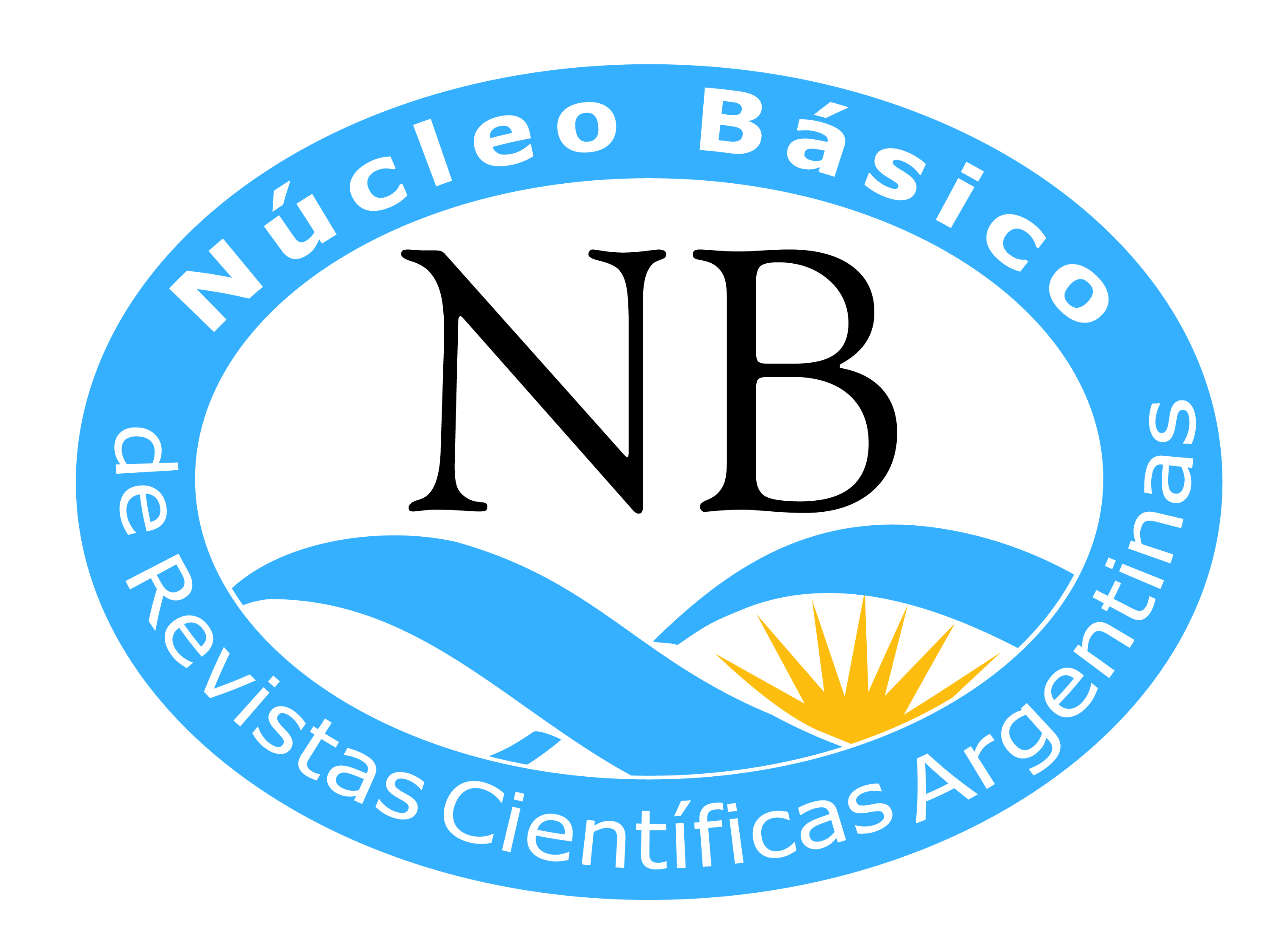


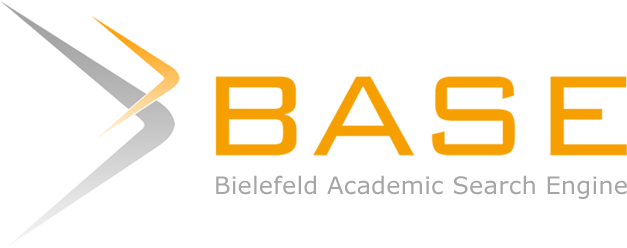

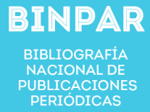

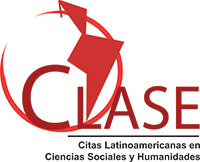

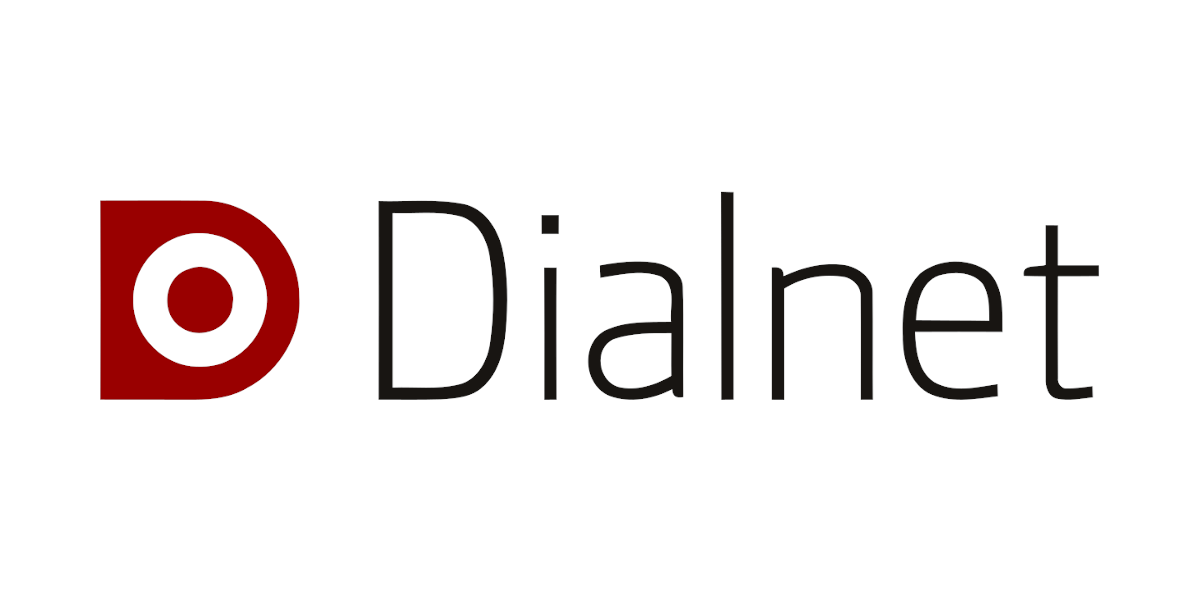

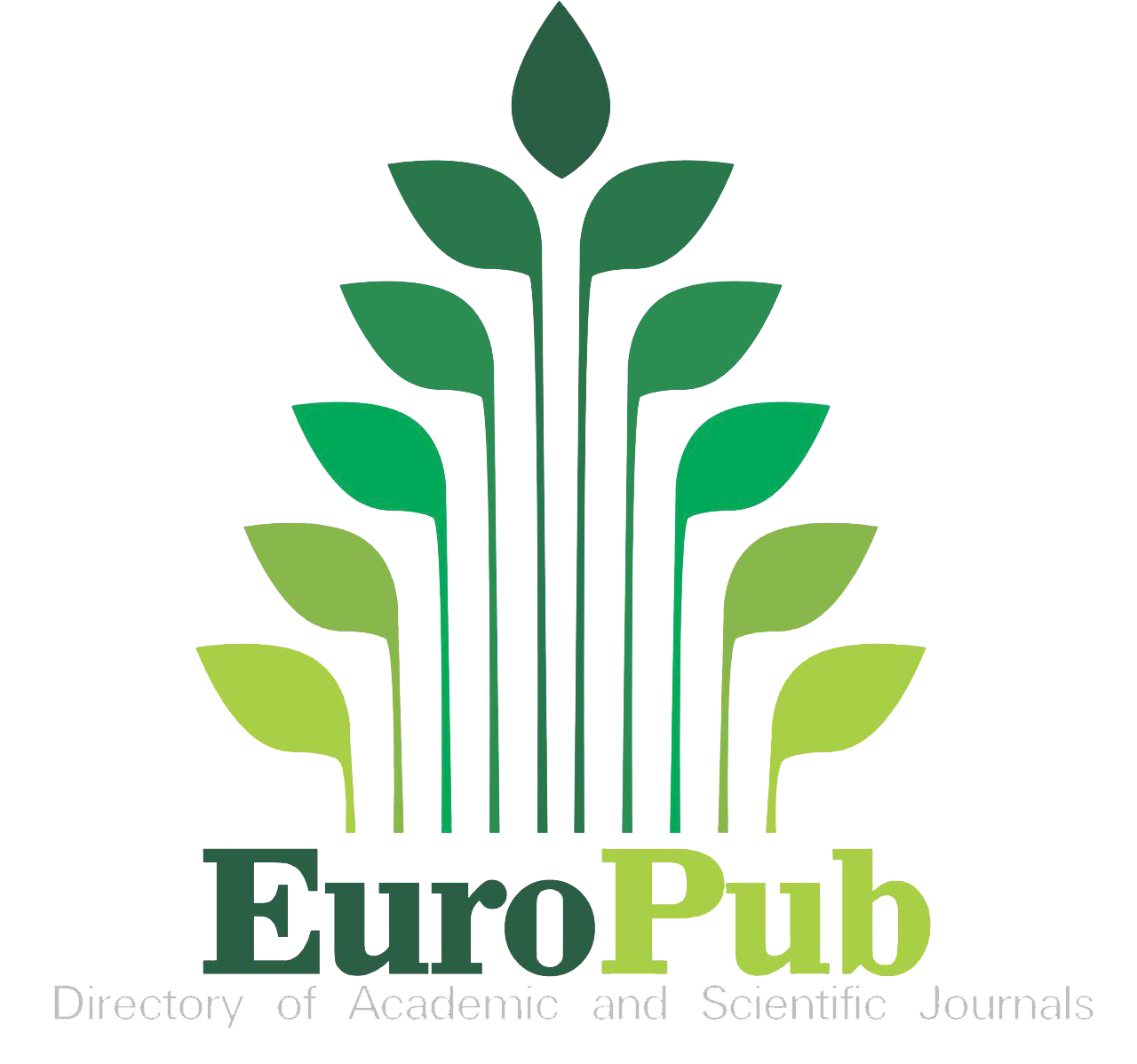
.jpg)
